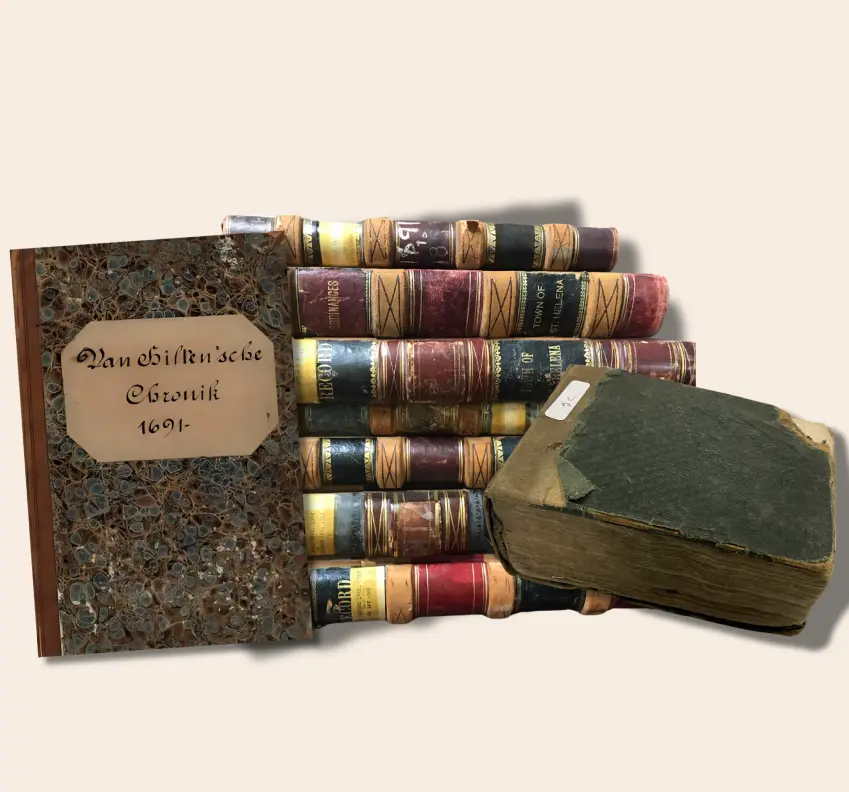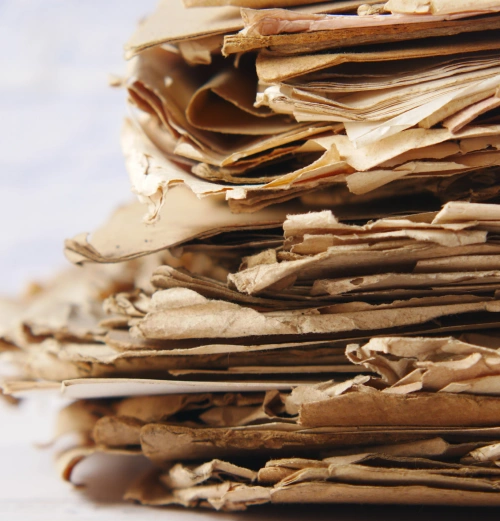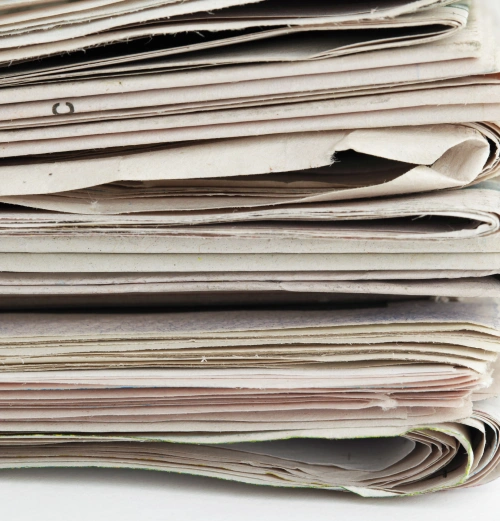Custom Scanning That Respects the Integrity of Every Archive
eRecordsUSA – Trusted for Custom High-Volume Archival Scanning
Preserve Fragile Formats Without Risk
Boost Search Accuracy with Tailored Metadata
Scale to Any Archive Size
Protect Data with Full Control
8-step Workflow to Secure, High-Volume Archival Scanning
How Our Bulk Archival Scanning Process Works?
ARCHIVAL DIGITIZATION FOR LIBRARIES, CULTURAL INSTITUTIONS, PUBLIC SECTORS & MORE
Who Trusts eRecordsUSA for Historical Document Digitization?
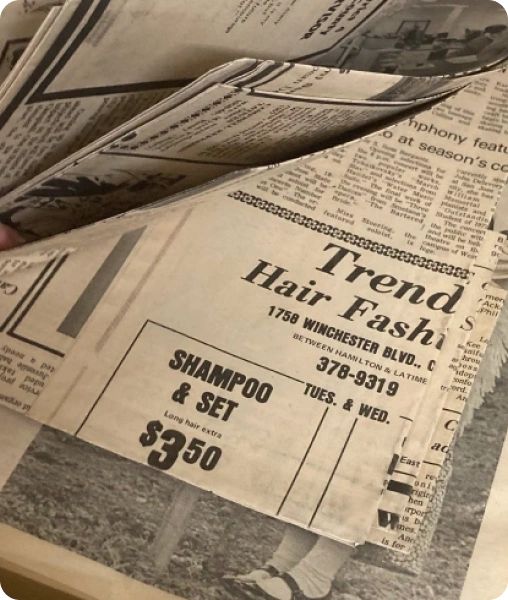
Audience Segments We Serve
- Education — Yearbooks, Ledgers & Special Collections – Stanford University, San Jose State University (Beethoven Manuscript Digitization Project), Saint Andrew’s Episcopal School, Bellarmine College Prep, Palo Alto High School, Polytechnic School, St. Mary’s College of California, Foothill-De Anza Archives
- Libraries & Historical Societies — Public Archives & Local History – California State Library, Alameda Public Library, Redwood City Library, Castro Valley Library, Southern Pacific Railroad History Center, The Company of Military Historians
- Cultural Heritage — Rare Books, Religious Records & Museum Archives – Golden Gate Bridge Archives, Computer History Museum, Rosicrucian Egyptian Museum, Catholic Diocese of Sacramento, The Foster Museum, The Campbell Museums
- Government & Public Infrastructure — Engineering Records & Archival Files – Golden Gate Bridge, National Park Service, City of Berkeley, San Mateo County, Alameda County, City & County of Santa Clara, Staples (digitization contract), Lawrence Berkeley Laboratory
- Philanthropic & Research Organizations — Manuscripts & Historical Publications – Kaiser Permanente Heritage Resources, The Kapor Center, Tompkins Conservation, The Nature Conservancy, Center for Environmental Structure, Carnegie Institution for Science, Hewlett Foundation
From Crumbling Pages to Oversized Plans — We Digitize It All with Care
What Archival Formats Does eRecordsUSA Digitize?
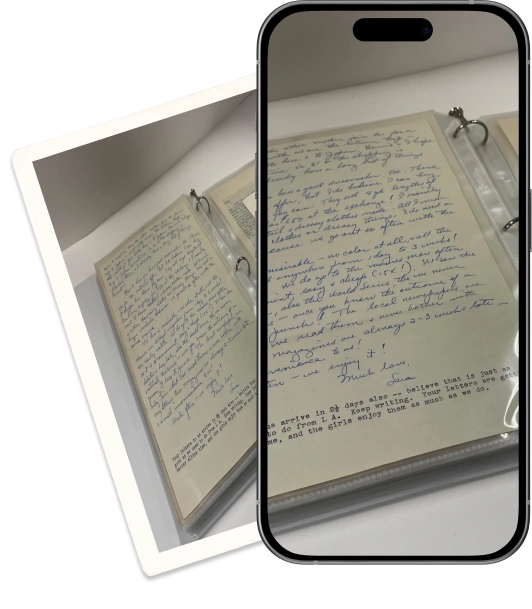
Built for Cultural Preservation, Backed by Institutional-Grade Protocols
How eRecordsUSA Secures and Preserves Historical Archives?
End-to-End Provenance Tracking
- Timestamped intake photos document pre-scan condition
- Locked containers and tamper-evident seals secure materials during transit
- Final delivery includes checksum validation and digital archive verification
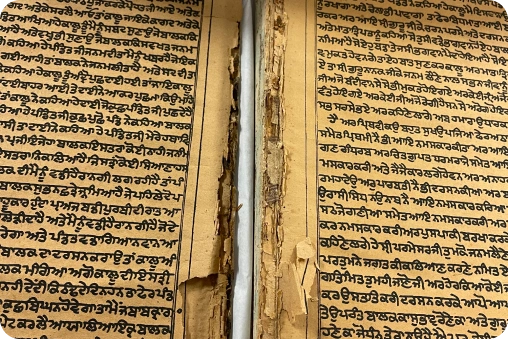

Preservation-Focused Facility Design
- Clean zones reduce airborne contaminants
- Color-balanced lighting preserves accurate tonal data
- Anti-static prep surfaces prevent physical stress on brittle documents
Structured Metadata for Discovery and Access
- Dublin Core schema crosswalk support
- Hierarchical indexing (collection > series > item) for archive-ready ingestion
- Rights metadata and source tags support access control and reuse tracking

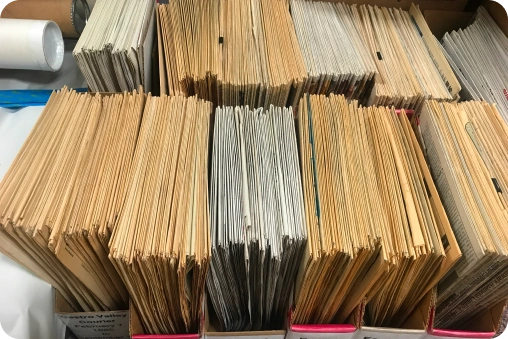
Certified Staff & Controlled Access
- Specialists trained in acid-damaged, oversized, and fragile formats
- Access logs document all physical and digital interactions
- Staff receive regular training in archival risk scenarios and preservation ethics
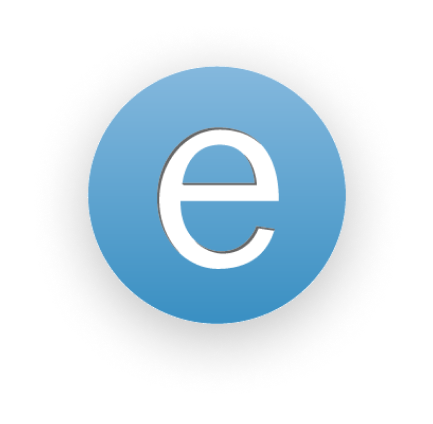
Archival Document Scanning & Digitization FAQs
1. How do you digitize handwritten archival documents with poor legibility?
We scan using high-resolution overhead and flatbed scanners, apply tonal correction, and use AI-powered OCR with transcription tools to improve legibility. This enables searchable digital files, even from faded or stylized handwriting.
2. What happens if documents are moldy, torn, or water-damaged?
We isolate damaged records, apply protective handling, and gently digitize each item. Moldy or fragile documents are flagged for review and scanned with stabilization techniques that preserve their condition.
3. What’s the typical turnaround time for large archival digitization projects?
Most projects under 10,000 pages are completed in 2–3 weeks. Larger collections may require 4–12 weeks. We offer rolling delivery for staged access to completed batches.
4. Do you support metadata standards required by museums or research libraries?
Yes. We structure metadata to meet Dublin Core, MODS, or institution-specific requirements—ensuring smooth ingestion into your digital asset management system.
Why Choose eRecordsUSA?
Preservation-Grade Archival Scanning — Trusted Nationwide
eRecordsUSA delivers nationwide archival document digitization from our ISO-audited facility in Fremont, California. With over 20 years of experience, we specialize in scanning fragile books, manuscripts, microfilm, and photographs at preservation-grade quality.
Our secure workflow includes barcoded tracking, NDA-backed confidentiality, and 24/7 monitored access to maintain full chain-of-custody integrity. We meet strict compliance standards including HIPAA, FERPA, ITAR, CJIS, FADGI 3–4-star, ISO 9001:2015, and ISO 27001, Controlled Unclassified Information (CUI).
Output formats include searchable PDF/A, uncompressed and compressed TIFFs, and high-fidelity JPEGs. Each file is enriched with metadata for seamless integration into DAM systems, institutional repositories, and cloud storage platforms.
Whether digitizing historic government records or donor correspondence, eRecordsUSA ensures archival digitization is secure, regulation-compliant, and built for long-term preservation—no matter the scale.
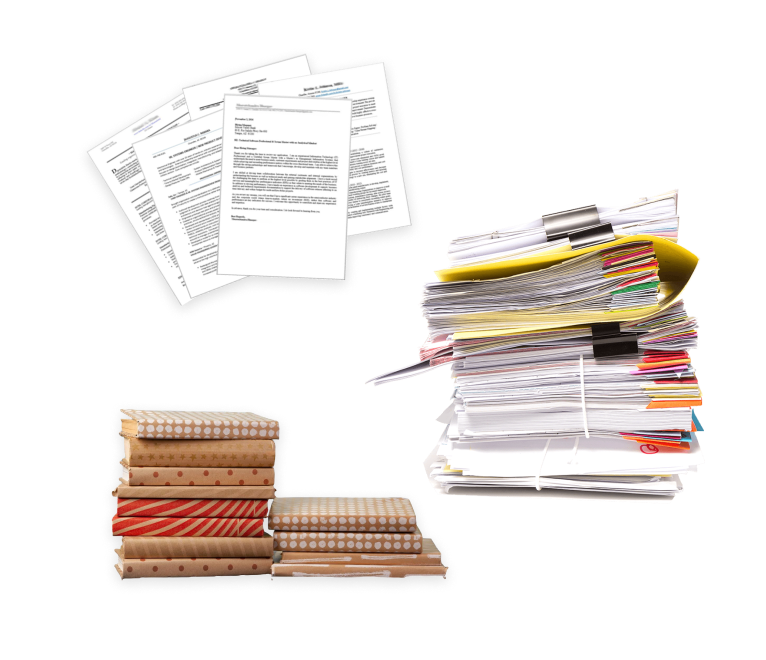
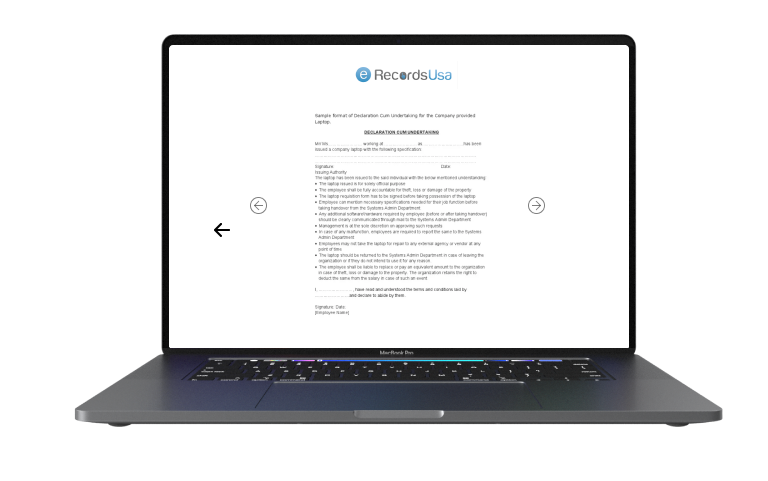
Top Scanning & Conversion Services
⭐ What Our Clients Are Saying: Real Results, Real Reliability
Rated 5 Starts For Our Document and Book Scanning Services
At eRecordsUSA, clients across libraries, museums, archives, academic institutions, and government agencies trust us with their most fragile and valuable collections. We don’t just scan—we preserve history. From non-contact scanning to metadata-rich indexing, we deliver digital archives that are as accurate as they are accessible.
Want to See How We Compare? Let us quote your next digitization project and show you why we’re trusted by leading institutions nationwide.
